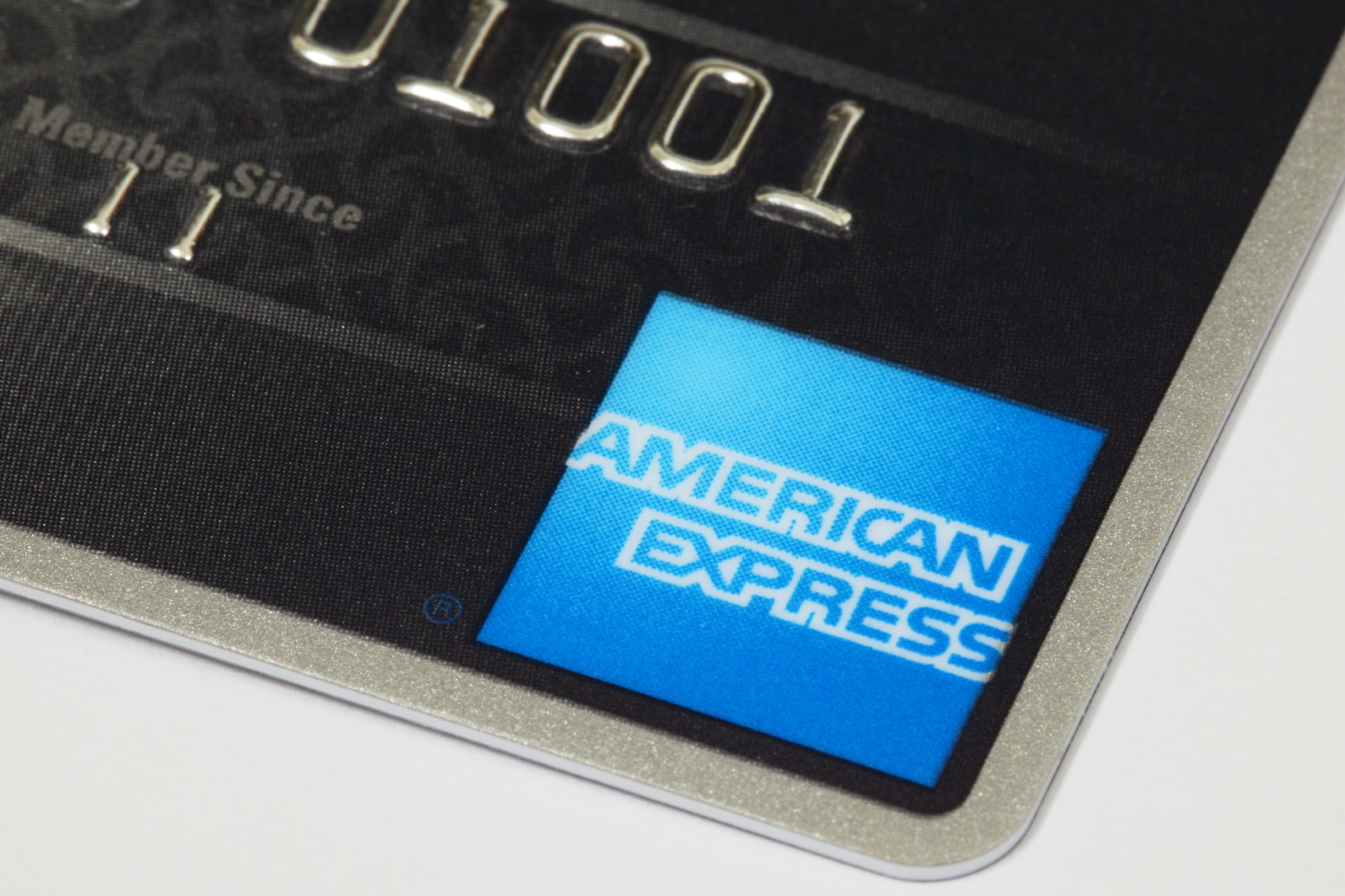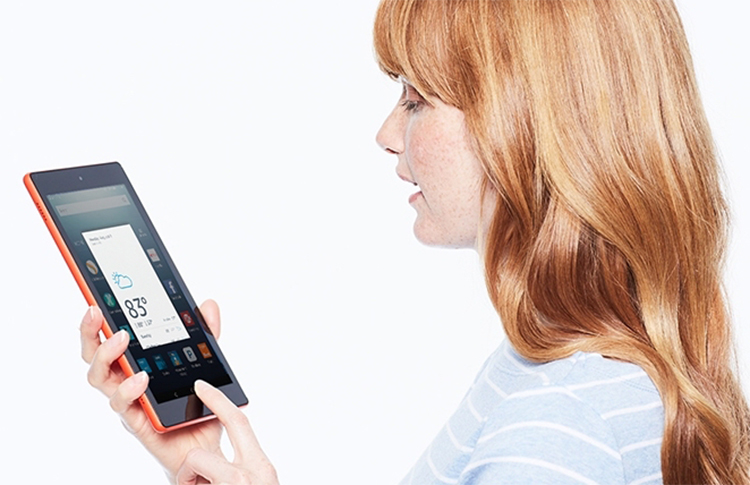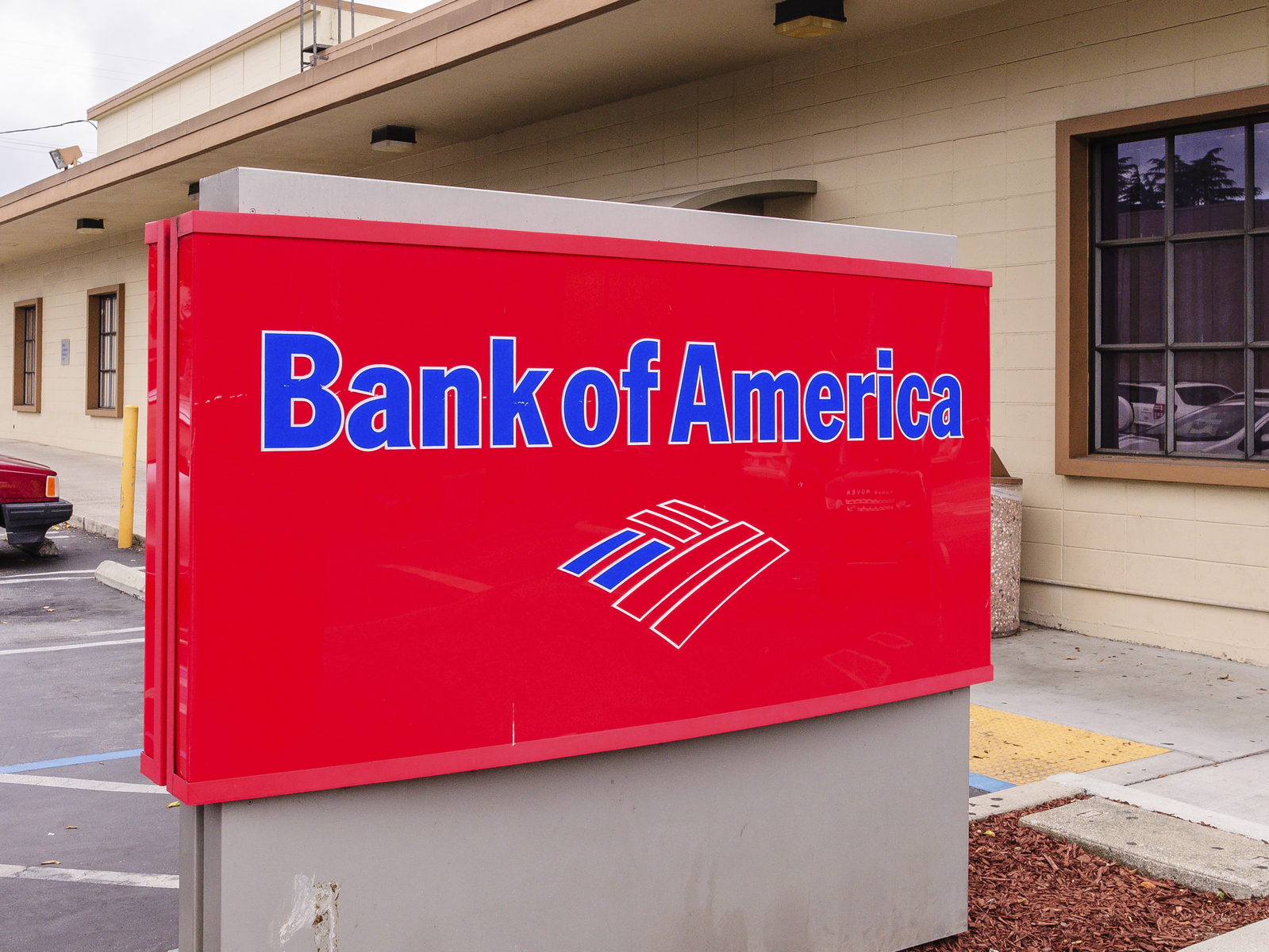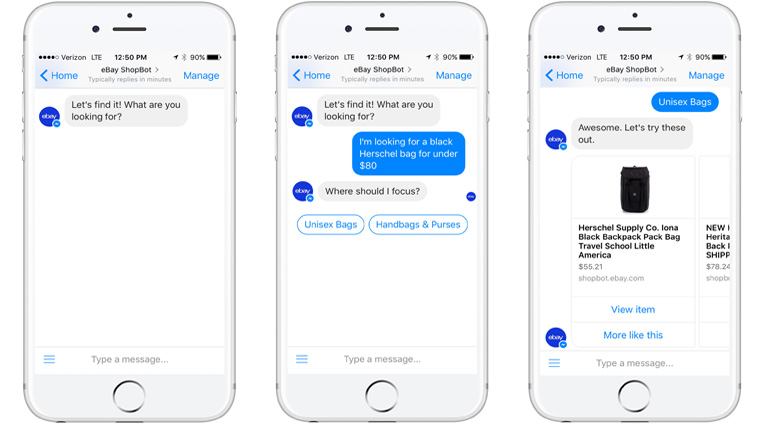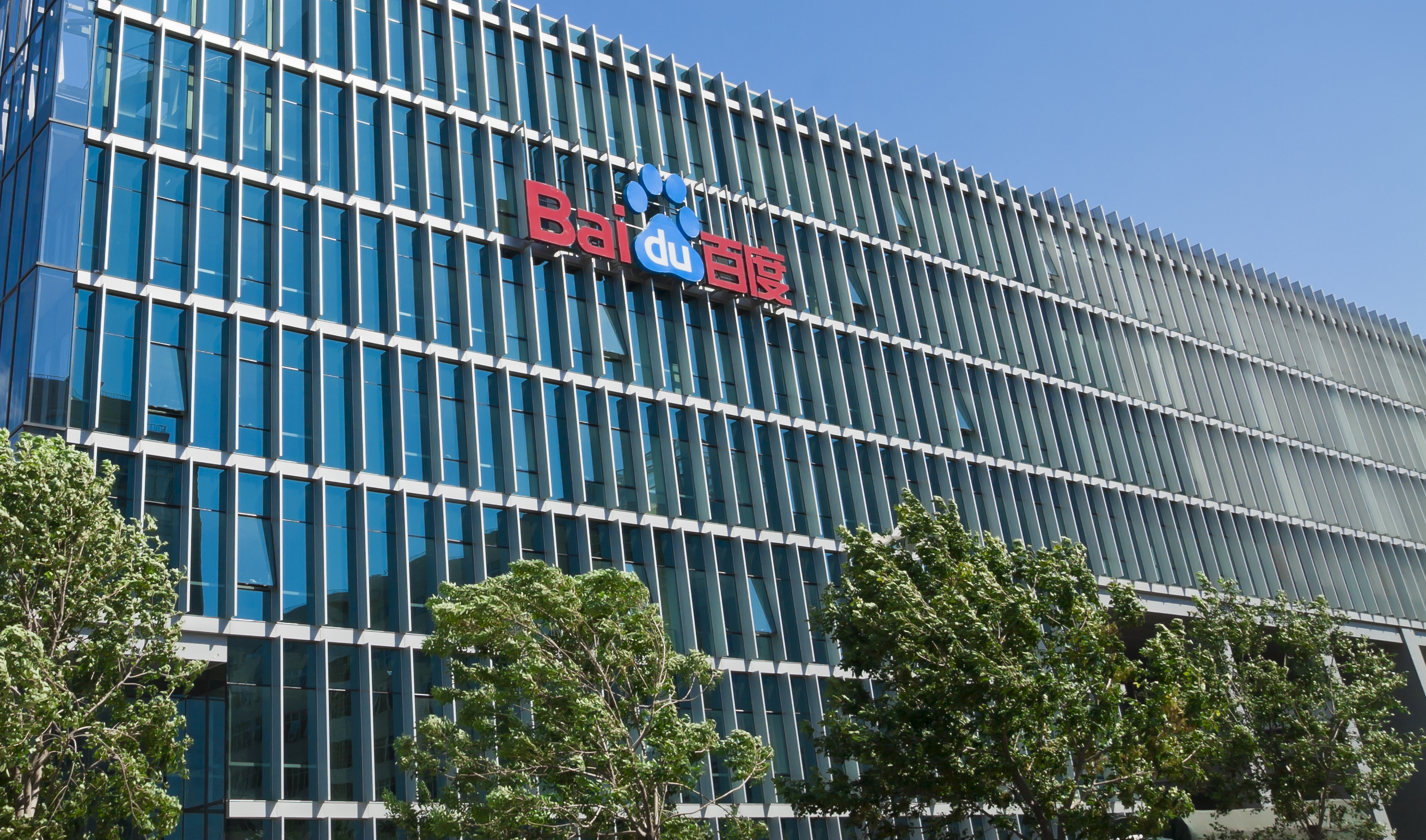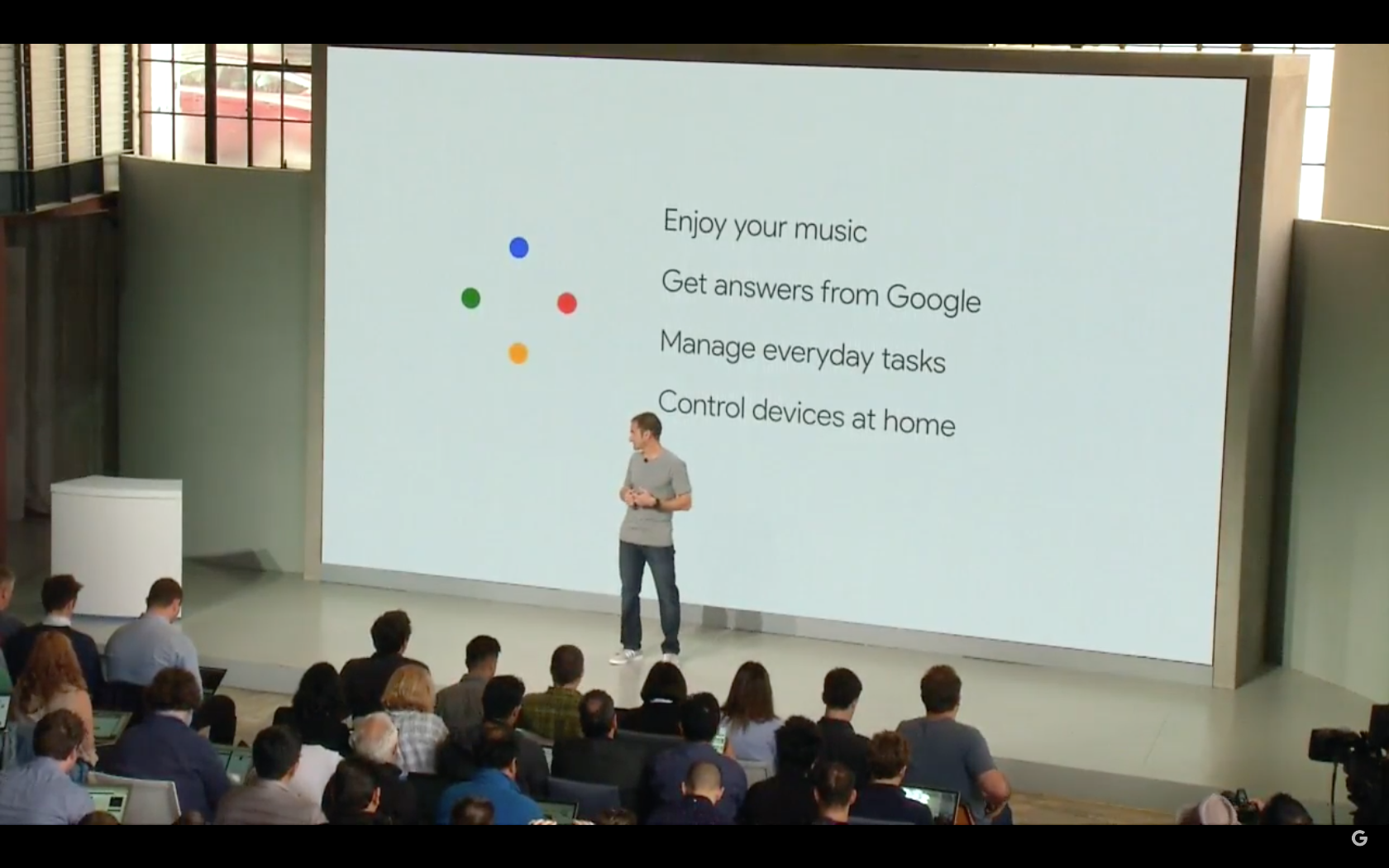Your guide to tech-driven changes in the media landscape by IPG Media Lab. A fast read for you and a forward for your clients and team.
Editor’s note: This is a delayed posting of the Lab’s hot take on the latest tech events. For a more timely delivery, please contact our Client Services Director Samantha Holland ([email protected]) to join our Fast Forward mailing list.
The highlights:
• Updated Google Assistant service brings AI-powered convenience to a wide-range of Android devices
• Google readies push into smart home space as it sets release date and pricing for its Echo competitor
• Daydream View VR headset looks to bring immersive media to more Android users
What Google Announced
Google unveiled a series of new hardware products at its much-anticipated “Made by Google” event on Tuesday in San Francisco. The Verge has great coverage of all the product announcements that Google made today. The announcements that are particularly relevant to brands and marketers include:
• Google debuted the Pixel phone with built-in Google Assistant, Google’s answer to Apple’s Siri and Amazon’s Alexa, capable of both voice-based and text-based conversational interactions.
• Google announced the release date and pricing for Google Home, a smart speaker powered by Google Assistant, that it introduced at this year’s Google I/O event.
• Google introduced its first VR headset, the Daydream View, which is designed to work seamlessly with Pixel phones and will come with a handheld motion-sensing controller.
• Google launched a developer platform for creating “Actions” for Google Assistant for both smart home tasks and conversational apps.
• Google also announced that an SDK for embedding Google Assistant into third-party devices is in the works.
What Brands Need To Do
Build Google Assistant Actions To Reach Android Users
Kicking off the presentation, Google CEO Sundar Pichai took the stage to introduce updates to Google Assistant, an evolution of Google’s predictive search service Google Now. Looking ahead, he commented, we are be moving from “mobile-first” to “AI-first,” a future where AI-powered digital assistants will handle most tasks and interactions across devices and platforms. For brands, this fundamental shift will have significant implications to brand-customer interactions across all digital touchpoints.
For now, however, it means brands need to finetune their digital strategies to add digital assistant services into the fold. The Google Assistant integration that was demoed today shows that Google is going to bring the more transactional aspects that are now completed in apps into Assistant as much as possible. It’s a great time to think about how your brand can help consumers in this way, even if it’s complementary to your typical goods or service, rather than a core offering. For example, auto brands could help consumers understand car maintenance best practices in addition to making sure that information about their latest models, dealership locations, and customer service phone numbers are all correctly indexed by Google.
Brands should also take advantage of Actions to integrate their services into Google Assistant. Starting in December, brands can work with developers to build Google Assistant Actions to reach Android users across many devices and contexts. For instance, an entertainment brand may consider building an Action that enables Google Assistant to surface movie trivia and trailers when Assistant users ask for it. Details on how this developer platform is scarce at the moment, so stay tuned to find out more.
Develop A Brand Voice For Smart Home
The smart home market is set to heat up again with the impending arrival of Google Home. Amazon has been conquering the market with its Echo lineup, pushing its digital assistant service Alexa into many a living room. Compared to Alexa, Google Assitant has the advantage of Google’s vast Knowledge Graph it accumulates from its search service, which allows it to answer a wide-range of questions with ease. Competitively priced at $129, Google Home may just have what it takes to convince customers to pick up a smart speaker come the holiday shopping season.
Although smart home devices have so far remained ad-free environments, that doesn’t mean brands can’t leverage branded content and functions, especially Alexa Skills for Amazon Echo devices and Google Assistant Actions for Google Home, to reach customers at home. As voice-based smart home devices continue to proliferate, brands will need to figure out a brand voice that is authentic to the brand image and appealing to the target audience. For example, a mass fashion brand should make sure their brand messaging appears approachable and universal, whereas a niche fashion brand may consider making theirs a bit quirky and tailored.
The home environment presents new contexts and challenges that brands will need to navigate mindfully. For example, a healthcare brand is able to reach customers at home with audio content such as wellness tips or instructions for taking medications, but it needs to be cautious in dealing with personal medical information given the social nature of such devices.
Use VR To Craft Engaging Brand Narratives
While it is too early to tell if Google’s Daydream will make a dent in the consumer VR market, it signals Google’s ambition in pushing affordable, mobile-powered VR experiences into the hands of more Android users. As more and more brand marketers rush into VR to capitalize on the booming popularity of the emerging medium, some fail to come up with a brand narrative that truly utilizes the immersive and interactive advantages that VR offers. And instead of coming up with a sustainable, long-term VR strategy, many brands dove into the medium with a one-off piece of VR content, distributed it across all channels regardless of behavioral differences.
To avoid this kind of rather short-sighted approach, brands need to work closely with content creators to develop VR content that truly enhances brand messaging and contributes to the campaign objectives. For example, American Family Insurance recently struck a content development deal with AOL, which allows the insurer to tap into creative resources at AOL’s Partner Studio and HuffPost RYOT to develop a three-part, branded VR series as well as a number of 360-degree video ads that will appear across AOL’s ad network in tandem.
How We Can Help
Please contact our Client Services Director Samantha Holland ([email protected]) if you would like more detail or want to schedule a visit to the Lab to discuss how your brand may benefit from integrating with Google Assistant to surface brand messaging and developing branded immersive content to engage consumers.
For previous editions of Fast Forward, please visit ipglab.com. Please reply with any constructive criticism or feedback. We want these to be as useful as possible for you and your clients, and your input will help us immensely.

